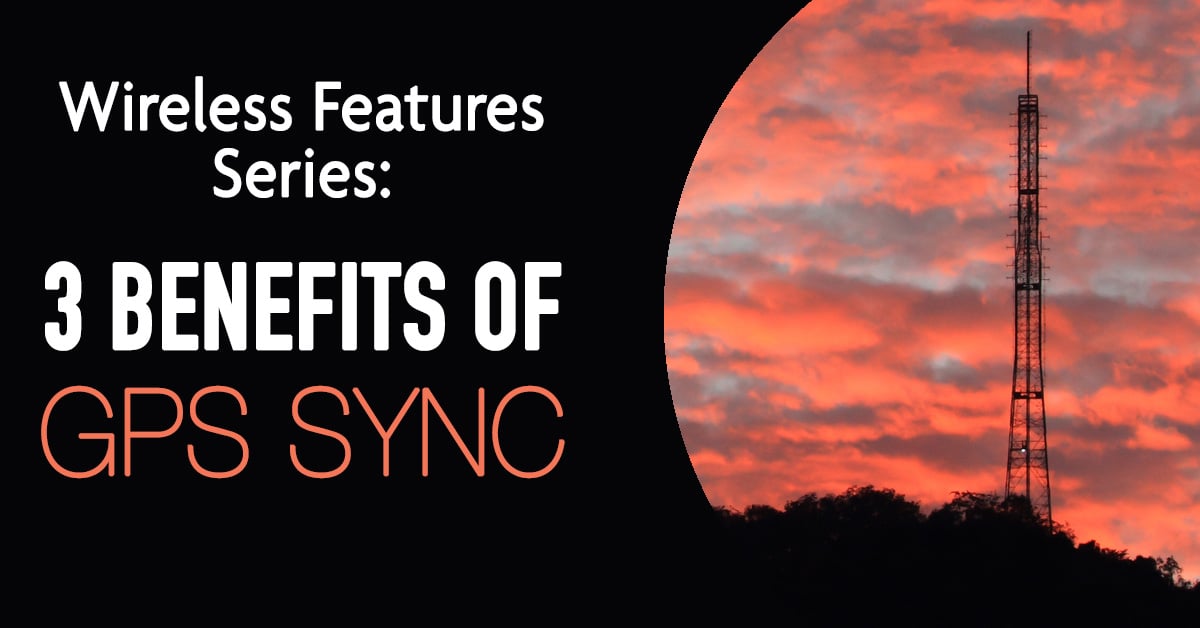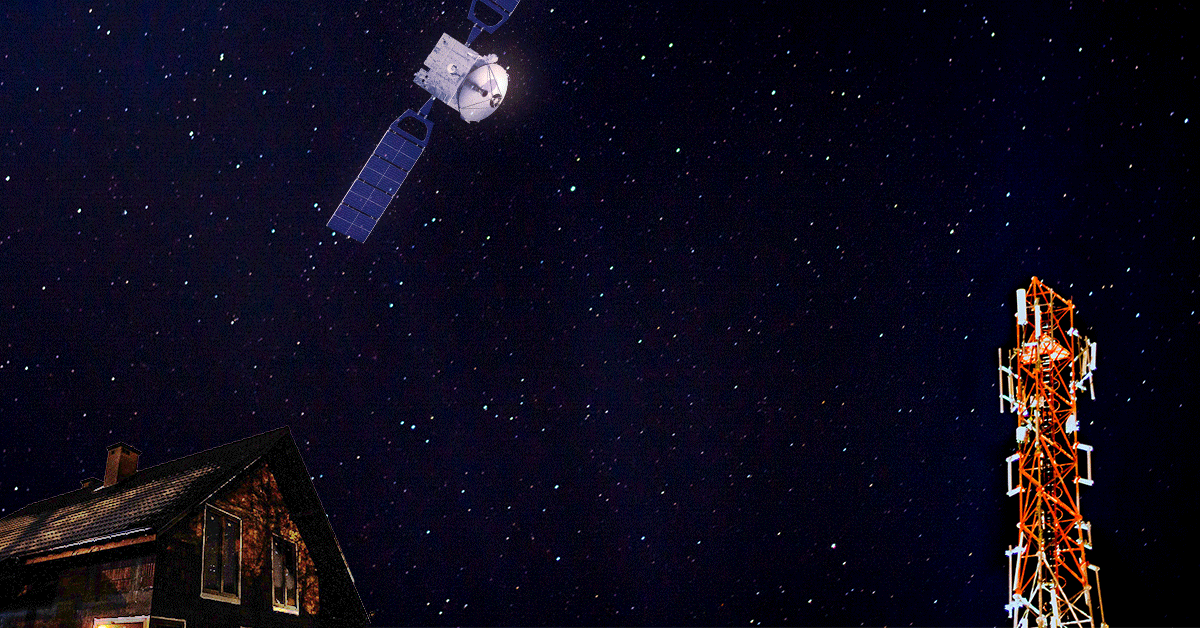
DoubleRadius is excited to present our new Wireless Features Series, highlighting networking topics that we'll think you'll be interested in. We hope you'll find the material throughout the series useful. If you do, please share on your favorite social media platforms by clicking the buttons at the bottom of the articles.
Let's dig in by getting started with our first article below on 3 Benefits of GPS Sync!
What is GPS Sync?
Simply put, Global Positioning System Synchronization or "GPS Sync" is the utilization of satellite signals and a timing protocol to coordinate Access Points (APs) to send and receive signals in unison. This can be limited to a single tower or scaled to all your towers.

In the points below, we've outlined the three main ways that GPS Sync helps your network.
What Are the Benefits of GPS Sync?
1. Interference Mitigation
The effect of interference on a network varies. A little interference is barely noticeable and may result in a slight loss of network performance. As interference intensifies, it becomes more crippling to the network. Eventually, crashing the network altogether.
However, interference doesn’t just come from neighbors. Self-interference can also have a devastating effect on your network. This is where GPS Sync comes in. While you may have no control over your neighbor's interference, you can minimize self-interference by deploying equipment with GPS Sync.
2. Channel Reuse
With GPS Sync enabled equipment, you can reuse the same channels back to back on the same tower. Traditional wireless equipment. on the other hand, would require a separate channel for each sector. Thus GPS reduces the number of channels needed per tower and frees up spectrum to add more sectors.


Using GPS Sync across your entire network increases the overall efficiency, giving you the freedom to add more customers with less spectrum.
3. Guard Band Reduction
Fixed wireless deployments traditionally require guard bands. A guard band is an unused chunk spectrum that acts as a buffer between channels. This reduces adjacent channel interference but wastes valuable spectrum. The best practice for guard bands on non-GPS Sync equipment is to double the size of the channel in use. As you can see this diminishes spectrum fast. With GPS Sync Guard bands only need to be 5 MHz.
Time to Get Synced!
Scaling a network is a challenge, as clean channels are hard to find in unlicensed spectrum. Implementing GPS Sync improves your network performance now, and paves the way for successful expansion when the opportunity for growth presents itself. Listed below are vendors offering devices that come loaded with GPS Sync technology. Take a look today, and get your network moving in the right direction!
Shop Products with GPS Sync



.png?width=170&name=Telrad_GET-MORE_LOGO%20(1).png)
